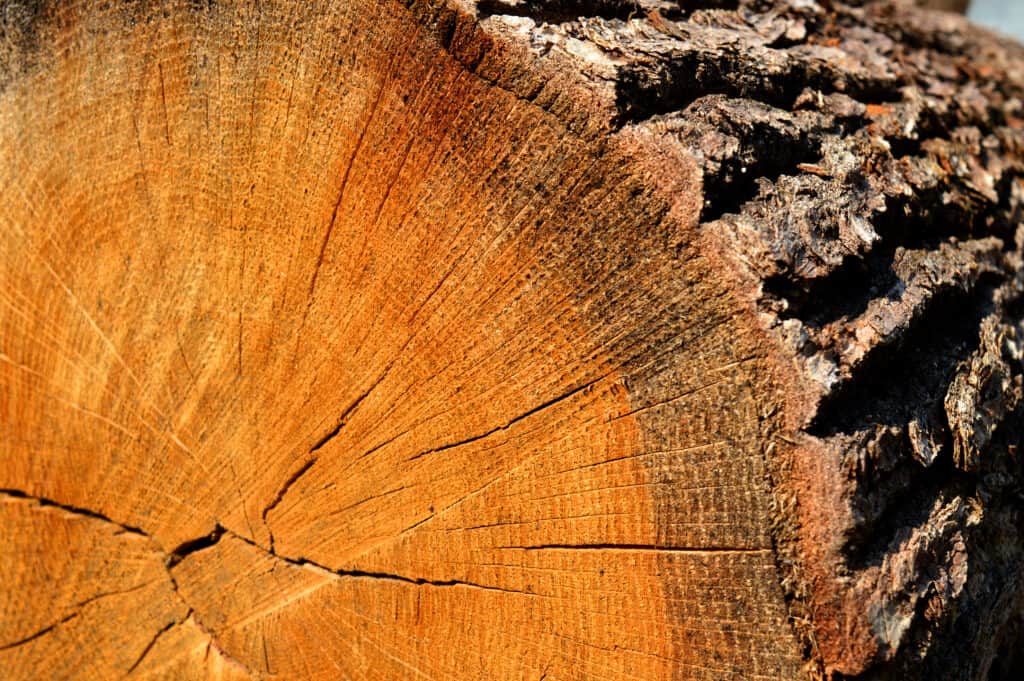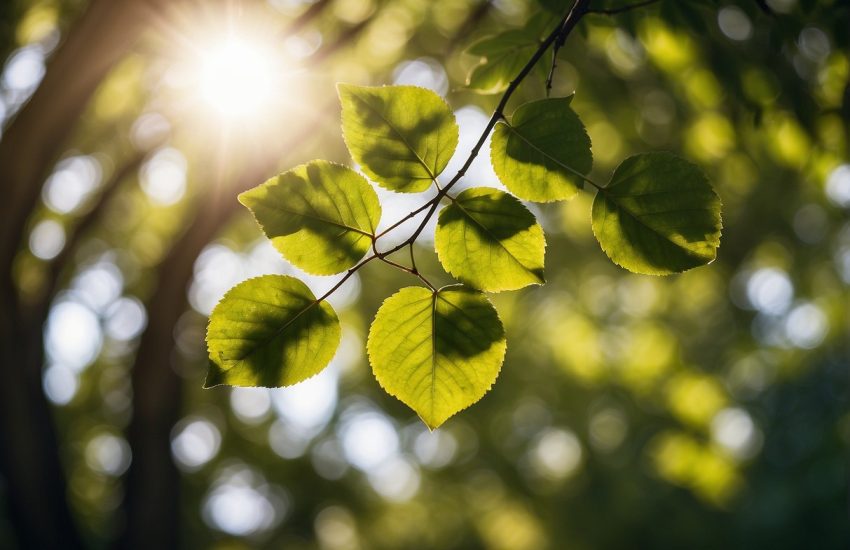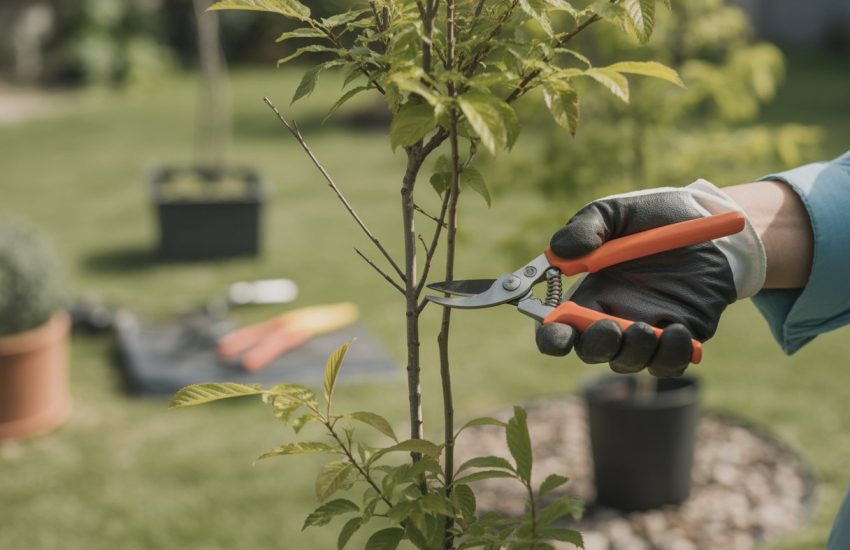Is Elm Good for Firewood And How it Compares to Other Firewood
Elm trees grow from zones 3 to 9. When the American elms were impacted by Dutch elm disease in the early 20th century, many regions switched to other varieties, including the Siberian elm. While these replacement elms offered resistance against the fungi that kills American elms, the growth habit of these replacement elms didn’t offer the shade and grace of the American elm. Most elms are excellent sources of firewood.

Heat Output and Efficiency (in BTUs)
The most common varieties of elm you’re going to find in the United States are the Red elm and the Siberian elm. Both produce just over 20 BTUs per cord of wood. They are similar to birch and ash. Because elms grow well in wet areas, these trees can be harvested in late spring and during the fall.
Creosote Buildup
Elms of all varieties produce little sap. Your risk of creosote build-up when burning mostly elm will be very low as long as your wood is well-seasoned. That being said, every wood creates ash. Get that chimney serviced before fire season just to be sure.
Amount of Smoke, Spark and Coal Production
Properly seasoned, elm is a low smoke wood. The spark production of this wood is also quite low; it works well in an open fireplace. However, your elm may not smell great when you burn it.
Elms retain the fragrance of the place they grew. If your elm was harvested from swampy ground, it will smell like swamp when you burn it. You may want to add just a sliver or two of cherry or apple wood to the fireplace to improve the aroma.
Elm is hard enough to generate a good bed of coals. If you need to bank your fireplace, elm coals will stay hotter for a longer period of time. For those interested in cooking on their woodstove, an elm fire can work.
How Long Does Elm Need to Season?
Don’t burn elm that has seasoned for less than 12 months. If you can manage it, let it season for two years. Unlike birch trees, elm can grow to quite a large diameter. If you’re not ready for a hearty workout, hire someone to split your elm.
Your ax, maul and saw will all need to be in good shape to split your elm rounds. You can split it as soon as it’s felled to speed up the seasoning process. While elm is not as prone to rot as other firewood, it will get moldy and break down is you put it flat on the ground.
Stack your split elm so the face of the stack gets plenty of wind. Put down spacers or pallets to keep the wood off the soil. If you have enough wood to need rows, give yourself at least 3 inches between the rows to keep air moving. Make sure your seasoning wood is getting plenty of sun, and use a tarp to cover it if it rains. Just make sure to leave one side of the wood open to the wind.
Is Elm Firewood Expensive?
Elm is popular. If you want to buy it seasoned in the fall, you’re probably going to pay close to the premium price, up to $400 a cord depending on where you live. However, it is possible to pay less depending on when you buy and if you can buy green.
If you have a spot where you can season wood, buy green and try to buy in the spring. Even if you have to buy it split only into halves, setting up a spot to season your own firewood can lower the cost. The more surface area that is exposed to the sun and wind, the faster your elm firewood will season, so try to split early after taking delivery.
Splitting your own firewood can also keep costs down. If you’ve never split firewood before, give yourself plenty of time. Take frequent breaks, keep the sun out of your eyes and drink plenty of water. Get a quality maul and sharp axe so you can get the most out of every swing.
Consider setting up a splitting block on an old stump to hold your firewood steady while you swing. Never try to hold firewood while you cut it; even a small piece of wood and a carefully used hatchet can lead to some nasty cuts.
Pros and Cons of Using Elm for Firewood
Pros:
- Elm is a steady burner that produces little smoke once properly seasoned
- Elm produces a good bed of coals and can produce heat long after the burn is over
- Elm is fairly easy to find across the United States
Cons:
- Elm smells like the soil it grew in when burned. If your elm firewood grew sturdy roots into someone’s sewer line, it will not smell nice
- This firewood takes a long time to season
- Elm can grow quite large in diameter. If you’re buying rounds, it will be heavy
How Elm Firewood Compares to Other Trees
Elm may not smell good when burned, but it will never smell as nice as a fruit tree or an alder. A pleasant neutral may be the best you can hope for. Elm is tougher to split than alder when green but not as fibrous as cottonwood or mulberry.
If your woodlot contains a lot of Siberian elm, do be aware that these trees get quite brittle as they age. If you notice dead branches and want to keep the tree, do your best to get them off before winter hits. Strong winds and heavy snows can snap off these dead branches and do serious damage to the healthy fibers of the tree, creating scars. While Siberian elms are not sensitive to Dutch elm disease, these large dead limbs can do a lot damage on the way down as well.
Another risk with many larger older elms is that such breakage can leave the tree badly out of balance. If you do suffer a big storm and lose some large branches, check the soil for bulging around the base of the tree; if the tree is out of balance, the roots may be under unsustainable pressure. Getting the tree down in an orderly fashion quickly should be your first priority.
Elm does produce a very nice coal bed. Unlike an alder or a cottonwood, which quickly turns to ash, you can put a cooling elm fire to good use as a heat source or a cooking spot. If you find a stinky patch of elm firewood but have a spot you can cook outdoors, you can still put this wood to use in an outdoor pit. You probably won’t want to smoke anything with it, but you can still get use out of it.
Elm trees are quite common in the United States along creeks and streams. If you have your own woodlot or have a woodsman who has access to elm grown along running water, you may have access to very good firewood that offers a neutral odor. If you end up buying swamp elm, toss in a bit of sweeter fruit wood to bump up the fragrance.


